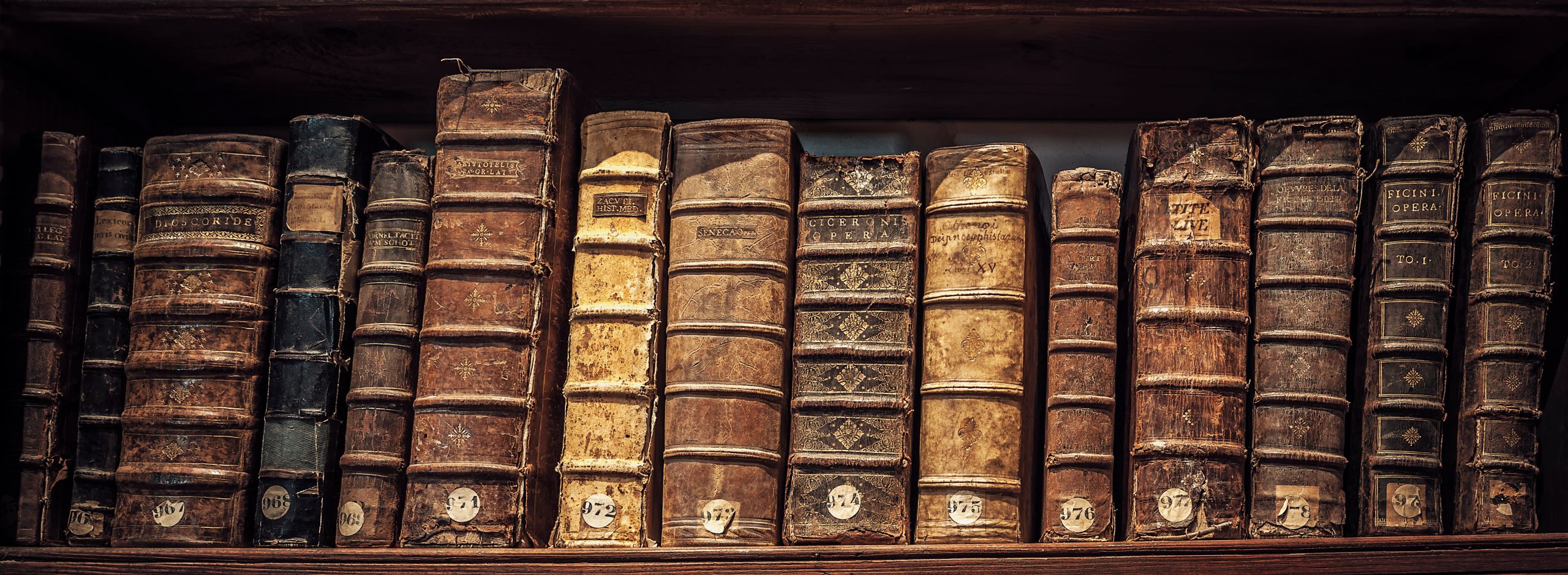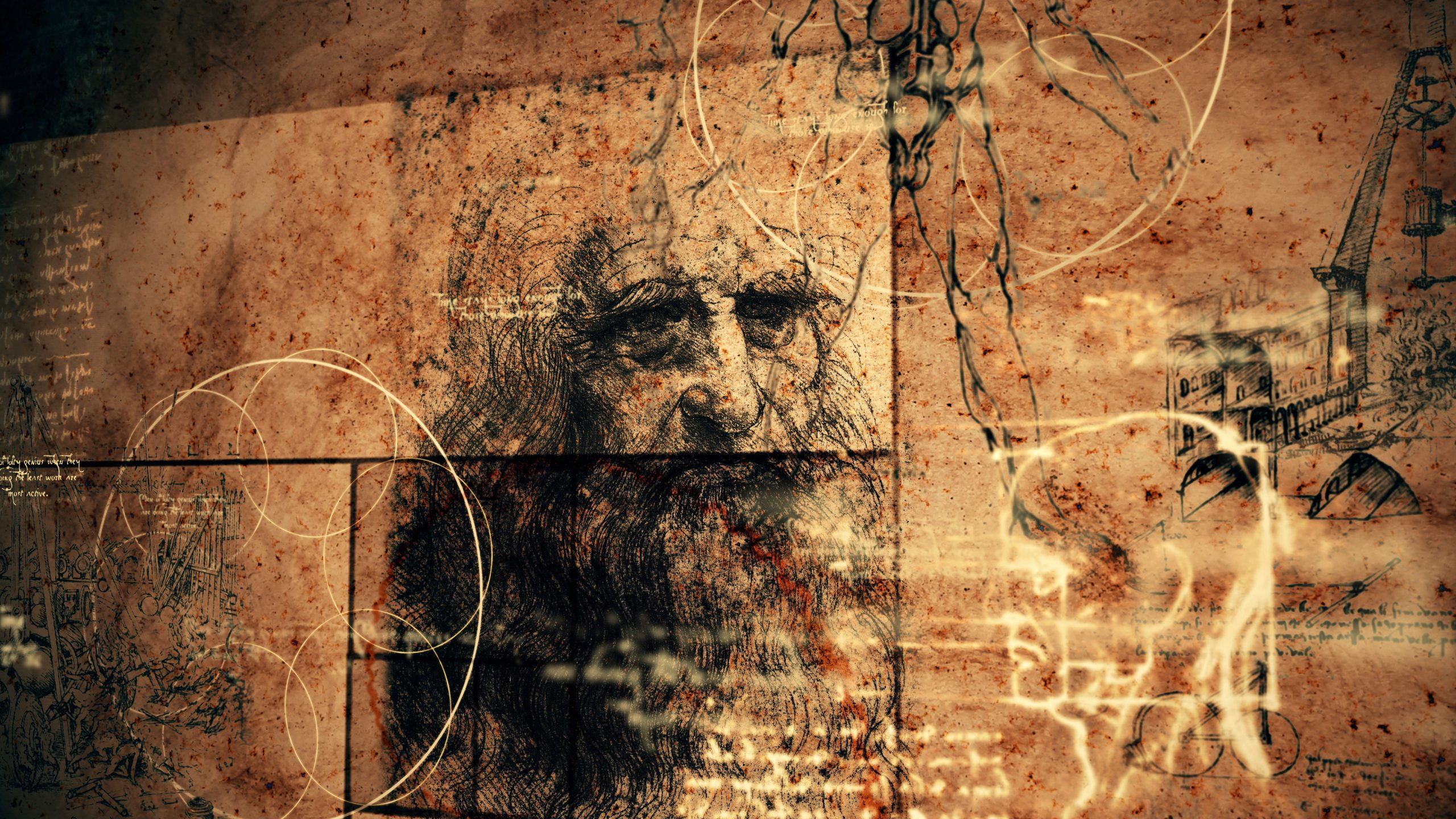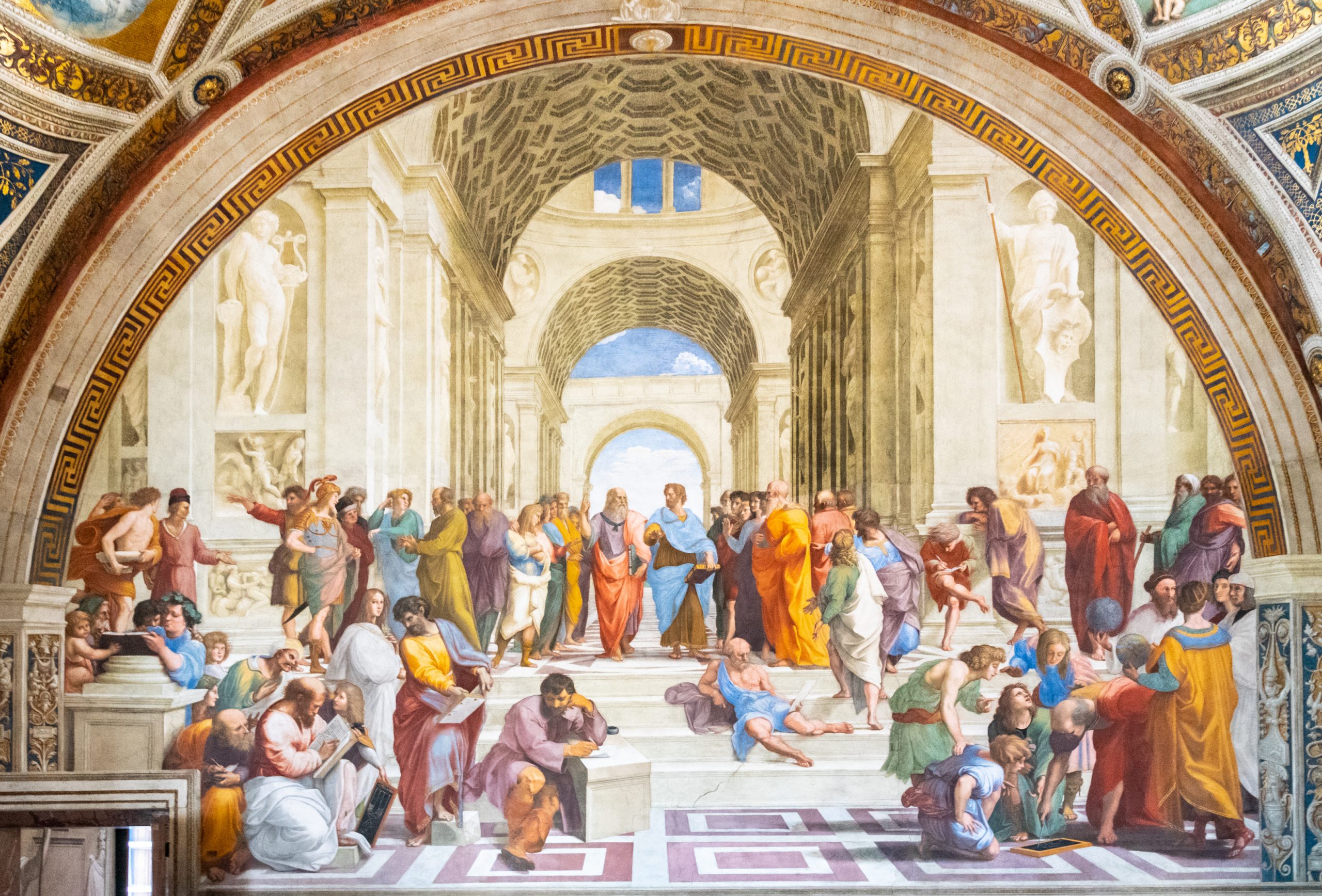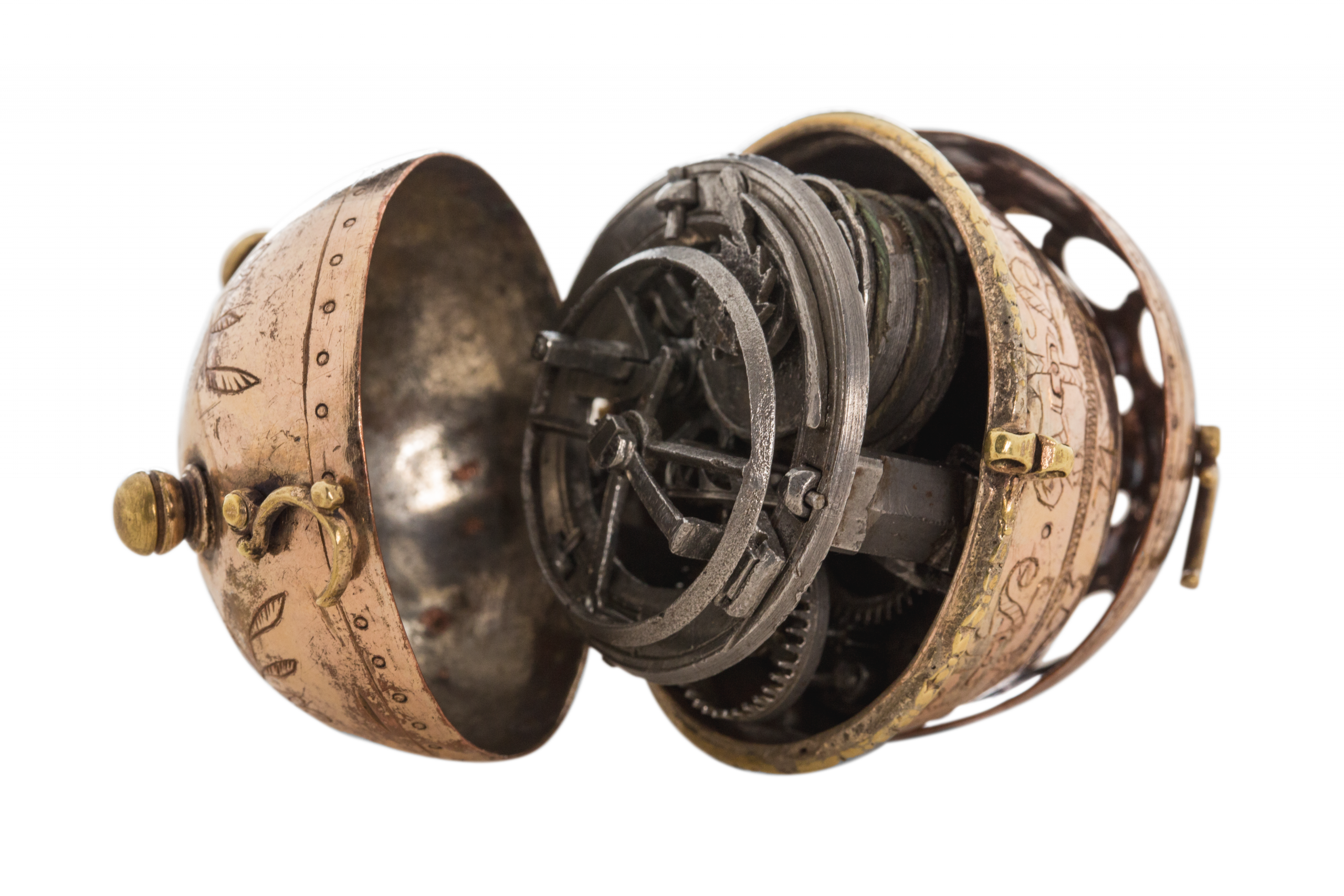West Unite in Time
Symbolism & Cultural Resonance
Symbolism & Cultural Resonance
Where East and West Unite in Time
The 1505 Watch is more than the first wearable timepiece. It is a cultural manuscript cast in metal, enriched with symbols and inscriptions that transform it into a messenger of universal ideas.
These engravings elevate the watch beyond mechanics, rooting it in philosophy, spirituality, and the cultural exchanges of the Renaissance.
A Fusion of East and West
The pomander form itself originated in Oriental and Islamic traditions, where spherical fragrance capsules were carried as protective talismans for health, vitality, and spiritual strength. Through trade and cultural exchange, this object entered Renaissance Europe and was reinterpreted, blending Eastern symbolism with European craftsmanship.
On the 1505 Watch, this cultural fusion is clearly visible:
Botanical motifs and laurel wreaths evoke rebirth, vitality, and eternal life. Crosses and Christian ornaments reflect European spirituality and the Renaissance search for divine order. The ouroboros, the serpent devouring its own tail, symbolizes eternity, cycles of time, and the unity of life and death. The Latin inscription “Agnoscam fugient” (“I shall recognize how time flees me”) echoes the memento mori tradition, reminding its wearer of life’s fleeting nature and the call to live consciously.
Thus, the 1505 Watch becomes a cultural crossroads: it carries within its form the wisdom of the Islamic Golden Age and the ingenuity of the European Renaissance — uniting East and West, science and spirituality, technology and philosophy.
A Careful and Responsible Approach
Our interpretation of the inscriptions, taking into account all symbols and their significance to time measurement, demonstrates our careful and thoughtful approach to each statement. We emphasize that every assertion made by the Guardians is rooted in the intricate historical and cultural issues connected to the year 1505. Interpretations are presented not as speculative claims but as responsible contextual readings, ensuring that the story of the 1505 Watch is communicated with precision, integrity, and scholarly depth.





